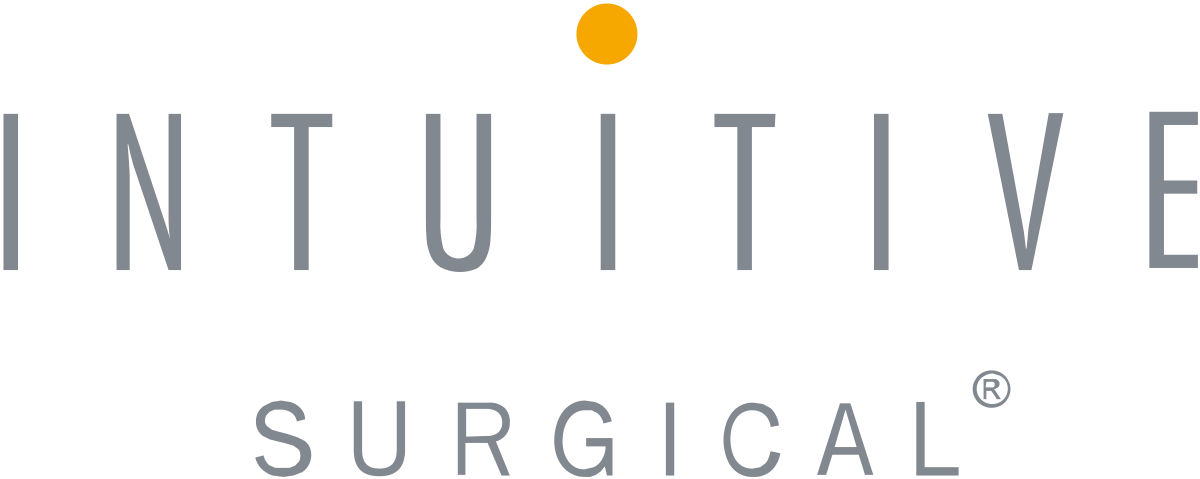Parkinson's disease affects over 8.5 million people globally, but traditional diagnosis methods often delay early detection. Enter AI-powered voice analysis—a groundbreaking tool that analyzes subtle vocal changes to identify Parkinson's at its earliest stages. In this post, we break down how this technology works, its accuracy, and how it's reshaping healthcare. Spoiler: Your next doctor's visit might just involve a smartphone recording! ??
How AI is Changing Parkinson's Diagnosis Forever
Parkinson's disease (PD) is a sneaky thief. By the time tremors or stiffness become noticeable, irreversible damage has already occurred. But what if a simple voice recording could catch it early? Thanks to AI medical diagnosis, this sci-fi scenario is now reality.
The Science Behind Voice Analysis for Parkinson's
Why Voice?
Parkinson's attacks motor neurons, causing tiny tremors and muscle rigidity—even in vocal cords. These changes manifest as:
? Pitch irregularities (voice becomes monotone)
? Slurred articulation (trouble with "s" or "sh" sounds)
? Micro-tremors (inaudible shakiness in speech)
Researchers train AI models on thousands of voice samples, teaching them to spot these patterns before symptoms escalate .
The Tech Behind It
Modern AI uses a mix of:
Mel-frequency cepstral coefficients (MFCCs) to analyze sound frequencies
Jitter/shimmer metrics to detect vocal instability
Deep learning networks (like CNNs and RNNs) to identify complex patterns
One groundbreaking model combined MLP, CNN, and RNN layers to achieve 91.11% accuracy in clinical trials .
Step-by-Step: How AI Voice Tools Work
Step 1: Voice Recording
? What's needed: 10-30 seconds of sustained vowel sounds (e.g., "aaaah")
? Tools: Smartphone apps like VoiceScreen PD record high-quality audio via built-in mics
Step 2: Feature Extraction
AI breaks down your recording into:
? Frequency variations (Hz)
? Speech rhythm (syllables per second)
? Harmonic-to-noise ratios (HNR)
Think of it as a digital stethoscope for your voice ??
Step 3: Pattern Recognition
The AI compares your voice profile against thousands of PD and healthy samples. Key red flags include:
? Reduced vocal range (monotone speech)
? Increased "breathiness" (air escaping vocal cords)
? Abrupt pauses between words
Step 4: Risk Assessment
Results fall into three categories:
Low risk (normal vocal patterns)
Medium risk (borderline features)
High risk (strong PD indicators)
Step 5: Follow-Up Recommendations
High-risk users receive guidance like:
? Scheduling a neurological exam
? Tracking voice changes weekly
? Genetic testing for PD susceptibility

Top 3 AI Tools for Parkinson's Detection
VoiceScreen PD (Australia)
? Key feature: 10-second voice test with 89% sensitivity
? Best for: At-home preliminary screening
Parkinson's Voice Analyzer (UK)
? Key feature: Integrates with wearables to track progression
? Best for: Long-term monitoring
NeuroVoice AI (USA)
? Key feature: Multi-language support (English, Spanish, Mandarin)
? Best for: Global healthcare providers
Challenges and Limitations
Data Diversity
Most models train on English-speaking patients. How reliable is a Spanish voice test for Asian dialects? Researchers are working on federated learning to pool global datasets .False Positives
While accuracy reaches 92%, 8% of healthy users might get incorrect warnings. This highlights the need for:
? Hybrid diagnosis (voice + clinical exams)
? Second-opinion algorithms
Cost Barriers
While some tools are free, advanced systems like NeuroVoice AI cost $150/year. Advocates push for insurance coverage to democratize access.
The Future of AI in Neurology
Predictive Analytics
Combine voice data with sleep patterns and typing speed to predict PD onset years early.Drug Response Monitoring
AI could track how medications affect speech biomarkers, enabling personalized dosing.Global Health Impact
In rural India, where specialists are scarce, voice AI could prevent thousands of late-stage diagnoses.





